Valuation methodologies shape the backbone of the property industry in Australia. Among the varied approaches, the Cost Approach stands out for its unique perspective on property assessment, focusing on replacement costs. This article delves into the intricacies of this method, offering a comprehensive understanding of its application and benefits.
Understanding the Cost Approach
What is the Cost Approach?
At its core, the Cost Approach is a property assessment method that determines a property’s value based on the cost required to replicate it. This calculation factors in the expenses involved in purchasing a similar plot of land and constructing a comparable structure, minus the depreciation.
Key Components
The Cost Approach is anchored in three primary components:
1. Land Value: The worth of a vacant land parcel, assuming it’s not improved.
2. Replacement Cost: The financial outlay required to reconstruct a property of similar utility and functionality.
3. Depreciation: Deductions from the accumulated costs, accounting for wear and tear, obsolescence, or other factors that diminish the property’s value.
Applications and Benefits
Specialised Properties
The Cost Approach shines when valuing properties that are not frequently exchanged in the market, such as heritage buildings or unique architectural structures. For such properties, comparable sales data might be sparse or non-existent, making the Cost Approach an invaluable tool.
Insurance Assessments
In the realm of insurance, understanding the replacement cost is paramount. The Cost Approach helps insurers determine the right premium for a property, ensuring that, in the event of a loss, the policyholder can rebuild a similar structure.
New Properties
For recently built properties, the Cost Approach provides a realistic property assessment. As depreciation is minimal or non-existent for new structures, this approach can offer a valuation closely aligned with the property’s current market value.
Key Considerations
- The Cost Approach relies heavily on accurate data regarding construction costs and land values. Access to up-to-date and reliable data sources is crucial.
- Depreciation can be subjective and might require the expertise of seasoned professionals to determine accurately.
- While the Cost Approach is valuable for certain property types, it may not be the most suitable method for all properties, especially those with a high degree of wear and tear or obsolescence.
The Cost Approach, with its unique focus on replacement and reconstruction costs, offers a fresh perspective on property assessment. By understanding its methodology, applications, and considerations, professionals and property owners can harness this tool effectively, ensuring accurate and realistic valuations in diverse scenarios.



